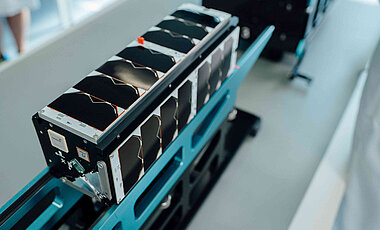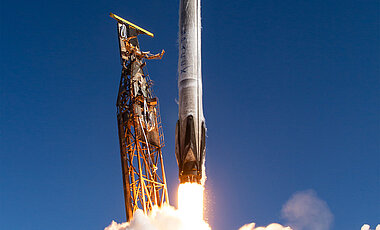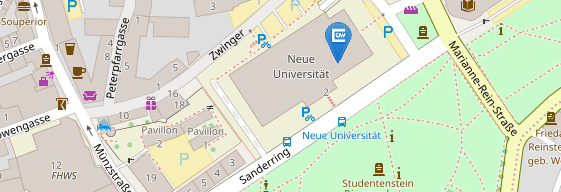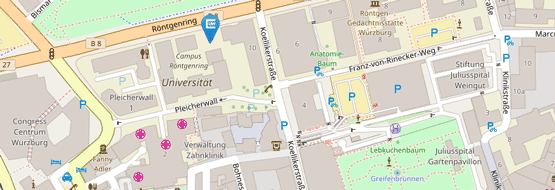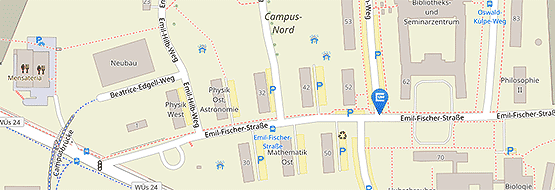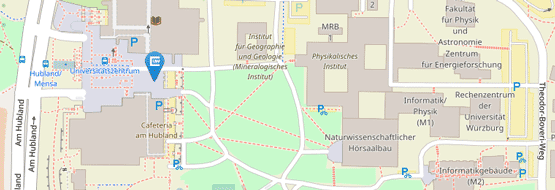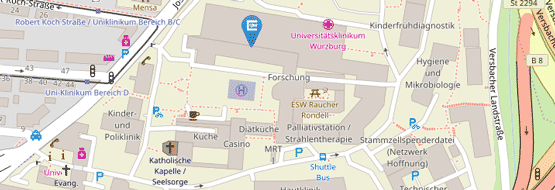Small Satellite, Big Potential
01/16/2025The InnoCube small satellite will test various technological innovations in space for at least a year. It was developed in a joint project between the University of Würzburg and TU Berlin.
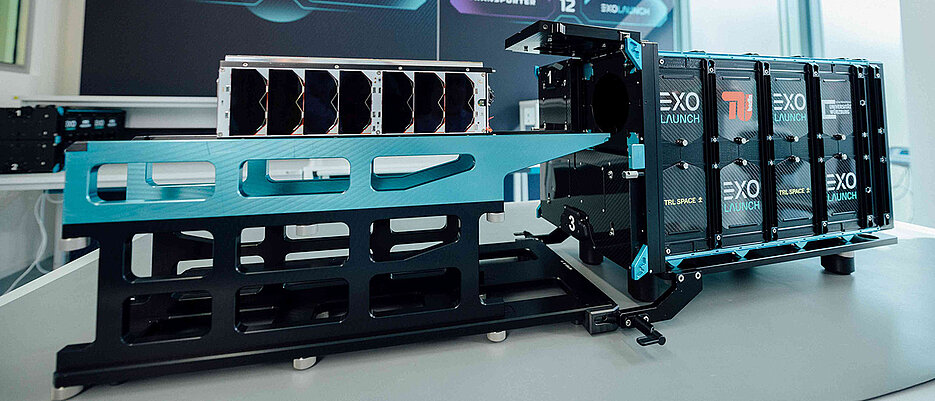
They consist of cube-shaped modules, open up cost-effective opportunities for practical testing of innovations in space travel and are correspondingly popular with researchers and students: CubeSats.
InnoCube - a so-called 3U+ CubeSat, i.e. a construction consisting of at least three such modules - is about the size of a shoebox and weighs a good 4.5 kilograms, making it one of the larger representatives of its kind.
On 14 January, it was launched on board a SpaceX rocket on its mission, which is expected to last at least a year. Initial contact with the satellite was successfully established during the night. Once all systems have been tested, InnoCube will go into regular operation. It will then test various innovative technology solutions at an altitude of 500 kilometres.
Wireless Transmission Instead of Tangled Cables
InnoCube was jointly developed at Julius-Maximilians-Universität Würzburg (JMU) and TU Berlin. In Würzburg, the project is based at Professor Sergio Montenegro's Chair of Computer Science VIII.
The centrepiece of the mission is the wireless satellite bus - the basic platform of the satellite - SKITH (Skip The Harness), which replaces conventional cable connections with wireless data transmission. "This concept not only reduces mass and potential sources of error, but also enables more flexible integration of the satellite modules and adjustments during the development phase," explains Tom Baumann, research associate at the chair.
The SKITH technology was developed at JMU over several years and is now being used on a satellite for the first time. The aim is to potentially save more than ten per cent of the mass of a conventional satellite, resulting in lower launch costs - and every gram saved means more space for scientific equipment.
A Lot of Technology in a Small Box
While wireless communication has already been implemented, another experiment is still in an earlier test phase and is being trialled in space for the first time: the WallE-2-Space battery system, developed at TU Berlin, stores energy and is set to become part of the satellite structure in the future. A prototype of this energy storage technology is flying in InnoCube as a payload. The battery is based on carbon fibre-reinforced plastics and nanoscale materials for anodes and cathodes.
Also on board: EPISODE - an experiment that enables extremely precise positioning of the satellite - and an AI-based position controller, also developed in Würzburg, which is now being tested in space for the first time. A two-experiment amateur radio load is also on board.
The on-board operating system RODOS and the satellite software framework CORFU were also developed at JMU.
The WallE and SKITH technologies were the winners of the INNOspace Masters competitions organised by the German Aerospace Centre (DLR) in 2016 and 2017 respectively. Their development was supported in separate projects by the DLR Space Administration with funding from the Federal Ministry of Economics.
Students are Closely Involved in the Mission
In addition to technological and scientific objectives, the mission also focusses on training students. Those involved accompany the entire development process - from the conception and production to the operation of the satellite. This practical approach offers students valuable insights and prepares them optimally for future challenges in space travel.
Contact
Tom Baumann, Chair of Computer Science VIII, Tel: +49 931 31-87789, tom.baumann@uni-wuerzburg.de
Prof Sergio Montenegro, Chair of Computer Science VIII, Tel: +49-931-31-83715, sergio.montenegro@uni-wuerzburg.de


